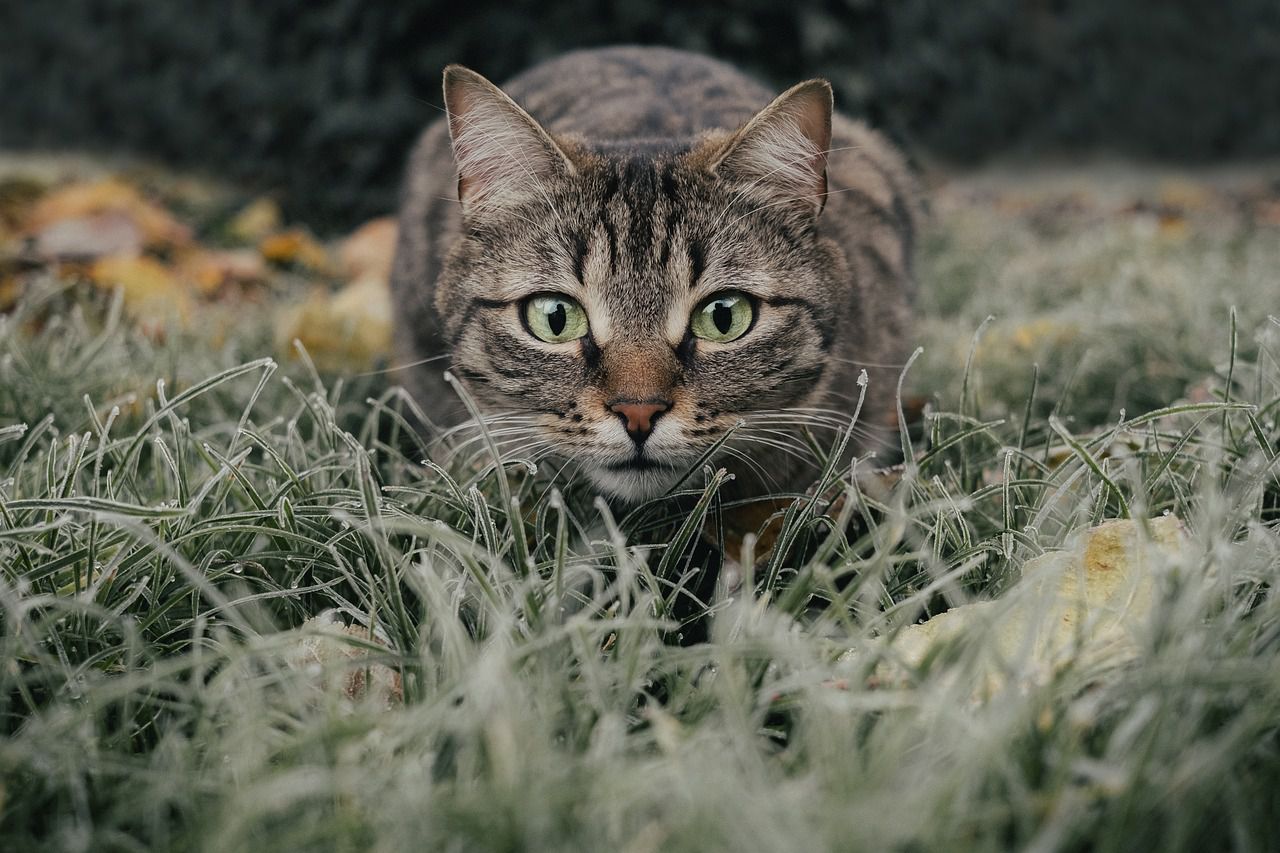When cats shed too much: The main reasons
Shedding is a normal process for cats to replace old or damaged fur with new growth.
However, when shedding becomes excessive, it might indicate an underlying issue.
Here are some reasons why some cats shed too much.
Breed and Coat Type
Certain cat breeds naturally shed more than others.
Long-haired breeds, such as Maine Coons and Persians, tend to shed more due to their abundant fur.

Additionally, cats with double coats are prone to shedding, as they shed their undercoat seasonally.
Seasonal Changes
Cats may experience increased shedding during seasonal changes, particularly in spring and fall.
This shedding helps them adapt to temperature variations.
Diet and Nutrition
Poor diet lacking essential nutrients can affect a cat's coat health, leading to excessive shedding.
Ensure your cat is receiving a balanced and high-quality diet.
Health Issues
Various health problems, including allergies, skin conditions, parasites (such as fleas), hormonal imbalances, and thyroid issues, can cause excessive shedding.
If shedding is accompanied by other symptoms like bald patches, redness, or changes in behavior, consult a veterinarian.
Overheating
Cats may shed more in an attempt to regulate their body temperature if they are overheated.
Ensure your cat has access to a comfortable and cool environment.
Lack of Grooming
Senior cats or those with mobility issues might struggle with grooming, leading to matting and tangles, which can contribute to shedding.

